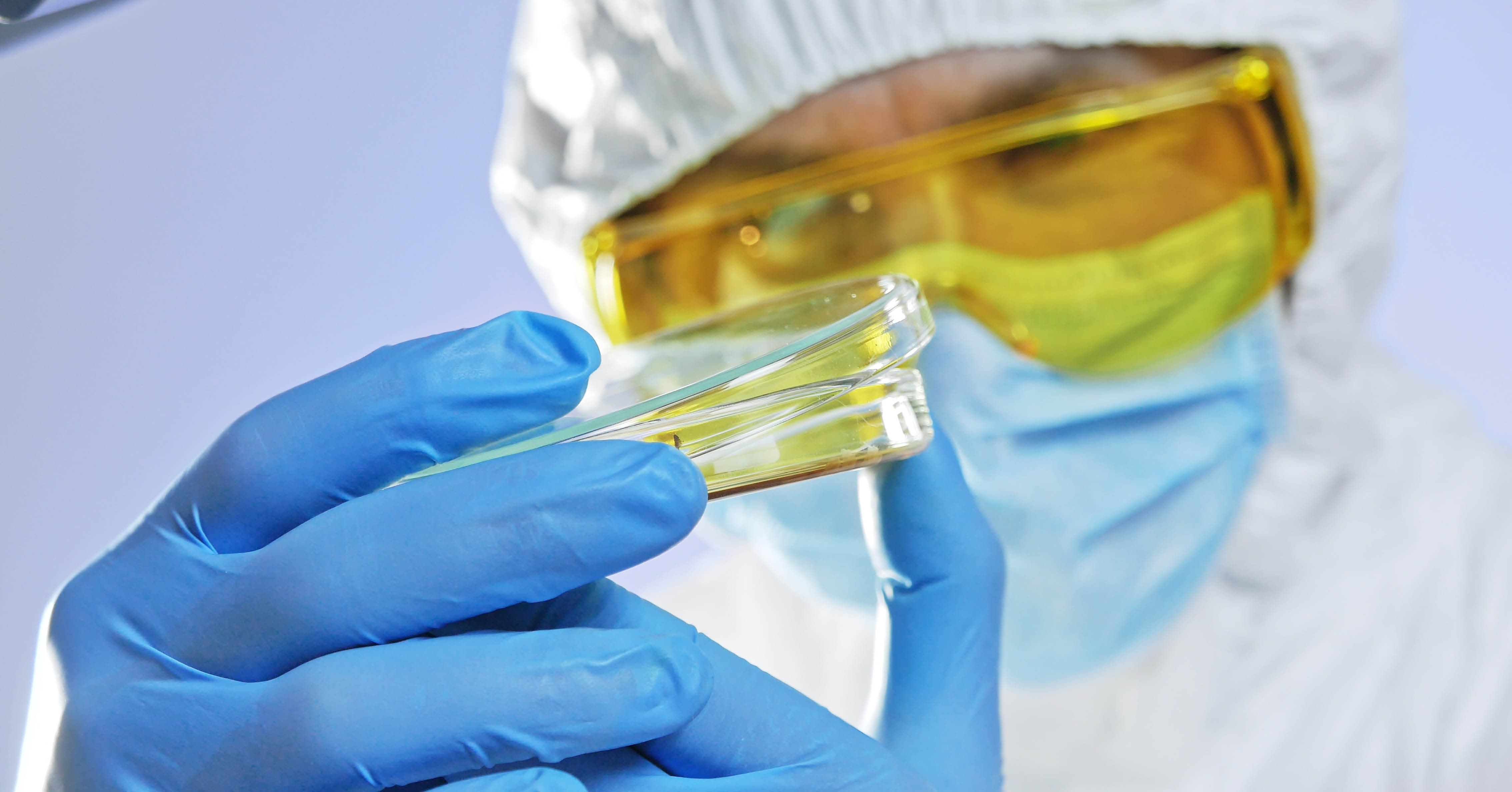
When water samples are collected for transportation to a laboratory for Legionella culture testing, the standard method includes adding 0.2M sodium thiosulphate to the sample bottle to neutralise free chlorine and other oxidising biocides (such as bromine).
However, many systems from which water samples have been collected for testing will have been treated with non-oxidising biocides, such as DDAQ or Gluteraldehyde, which are not neutralised by sodium thiosulphate.
Ideally, other neutralising solutions suitable for these non-oxidising biocides should be added to these samples.
According to ISO 19458 First Edition 2006-08-01 “For other disinfectants, corresponding inactivation measures need to be taken. If inactivation is not possible or feasible, it has to be reported”.
Unfortunately, this is not often the case and samples will be shipped to laboratories without suitable neutralisers or reference to biocide presence in the sample.
Biocides can continue to act during the time the sample is being transported. As sample transportation to testing laboratories can vary in length from hours to days, the effects of these biocides could have significant impacts on the Legionella results obtained by the laboratories.
Study
A recent study carried out by Hydrosense Ltd demonstrated the worrying effect of using sodium thiosulphate to neutralise samples which contain non-oxidising biocides.
They found that when Sodium is used on non-ox systems, the ability to recover Legionella pneumophila sg1 by culture methods was severely impacted – leading to reduced CFU counts and false negatives.
Hydrosense spiked samples of Legionella pneumophila with varying concentrations of biocides (Chlorine, DDAQ and Gluteraldehyde) and 0.2N sodium thiosulphate. Samples were then stored for varying time points of 0, 3, 6, 24 and 48h in the dark to mimic transportation to a lab. Samples were then tested by a UKAS accredited lab using the ISO filtration method (ISO 11731:2017).
Samples treated with oxidising biocides like free chlorine (sodium hypochlorite) were effectively neutralised using the standard sample collection procedure into sodium hypochlorite.
These samples were effectively cultured following the simulated transport time, meaning that Legionella in the sample was not killed by biocide in the sample bottle.
For the most part samples containing non-oxidising biocides such as DDAQ and glutaraldehyde were unable to be cultured.
All samples bar one (which provided a reduced concentration of L. pneumophila) came back negative, demonstrating how non-oxidising biocides in the sample continued to kill Legionella during the simulated transport time.
Conclusions
This research shows that the standard biocide neutraliser (sodium thiosulphate), used in most sampling processes today, is not effective at neutralising non-oxidising biocides such as DDAQ and glutaraldehyde and can lead to false negative or reduced CFU culture results when tested by culture.
Samples treated with non-oxidising biocides should be collected into sample bottles with appropriate neutralisers to prevent false negatives andinaccurate reporting of Legionella in the system after transportation to the testing laboratory.
Correct reporting on biocides used and correct neutralisers are imperative to ensure laboratory culture testing gives a snapshot of the system at the time of sampling.
Saponin/polysorbate can be used for DDAQ treated systems, and L-histidine/glycine for Gluteraldehyde treated systems.
On-site Legionella testing tools like Hydrosense can be effectively used on systems treated with the majority of common biocides and can provide results in real-time,removing the inevitable risks inherent in sample transportation or holding times.
When coupled with the Hydrosense Pro App, Hydrosense offers a testing strategy which minimises transportation risk and streamlines remedial work by getting result information to the people who need it, fast.
